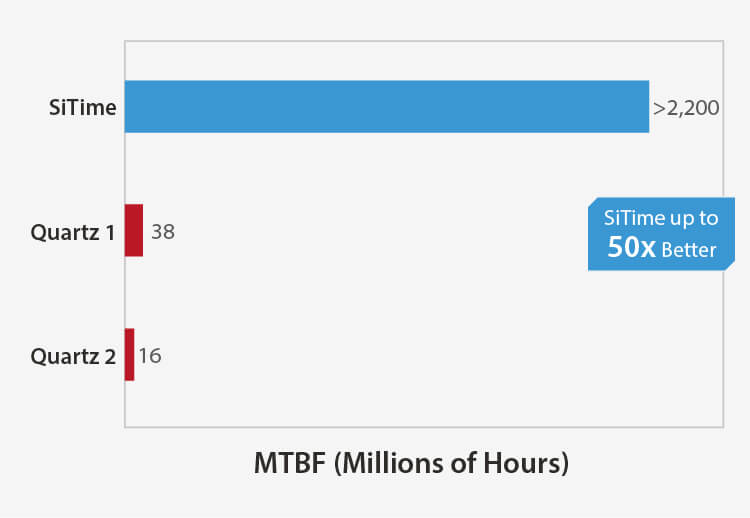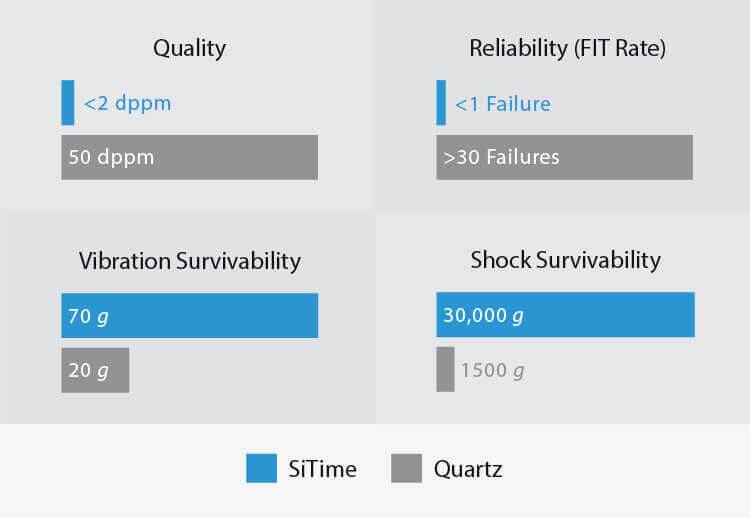MEMS Timing for Radiosondes (Commercial Grade Products)
SiTime MEMS timing products are ideal for a range of industrial applications. They can be factory programmed to a wide combination of frequency, output and supply voltage options, eliminating the long lead times and customization costs associated with quartz products.
| Device | Key Features | Key Values |
|---|---|---|
|
MHz Oscillator
SiT8021 1 to 26 MHz
|
|
|
|
MHz Oscillator
SiT8918 1 to 110 MHz
|
|
|
|
Differential Oscillator
SiT9501 25 to 644.5 MHz (70 fs[1] IPJ)
|
|
|
|
Super-TCXO
SiT5155 12 frequencies from 10 MHz to 40 MHz
|
|
|
|
Super-TCXO
SiT5376 1 to 220 MHz
SiT5377 1 to 220 MHz
|
|
|
|
32.768 kHz XO
SiT1532 32.768 kHz
SiT1534 1 to 32.768 Hz
|
|
|
|
32.768 kHz XO
SiT1569 1 Hz to 462.5 kHz MHz
|
|
|
|
32.768 kHz TCXO
SiT1552 32.768 kHz
|
|
|
[1] 12 kHz to 20 MHz integration range




